Google Pixel Fold: Is this the beginning of the post-Samsung foldable era?
This article may contain personal views and opinion from the author.

Image Credit - @OnLeaks & HowToiSolve
At this point, most tech enthusiasts are familiar with the fact that Google is one of the worst manufacturers when it comes to keeping secrets. In the past, prototype units of unreleased devices have been spotted in the wild, and massive leaks well-ahead of official reveals are the norm and not the exception.
These are exactly the questions we will try to answer in the following paragraphs. Now would be the time to mention that this article is based exclusively on highly credible, but preliminary information. Therefore, a certain degree of skepticism is justified and advised. With this disclaimer out of the way, let us get right to it.
The Google Pixel Fold: A Galaxy Z Fold Competitor or Something More?

Image Credit - Evan Blass
In a sense, the very fact that a company like Google is bringing a foldable to Western markets is a good thing by itself. However, competition for competition’s sake only goes so far. In order for the Pixel Fold to succeed it not only needs to be different - it has to be better.
The main competitor of the Pixel Fold will be the king of foldables itself - the Galaxy Z Fold. Based on most rumors, this year’s iteration of the Korean tech giant’s notepad-style foldable will fix a lot of the issues users had with its predecessors. The Galaxy Z Fold 5 will introduce a gapless, creaseless design, amongst a plethora of other improvements, including slimmer bezels.

Image Credit - @IceUniverse & Evan Blass
In my personal view, notepad-style foldables are only as good as their cover screens. The whole appeal of the form factor is to offer “the best of both worlds”. Consequently, if a user is required to unfold the device even when executing basic tasks, I am inclined to believe this is subpar product design. A notepad-style foldable should be equal parts compact smartphone and small tablet in order to justify a price tag that surpasses the combined cost of both aforementioned standalone products.
In short, the Google Pixel Fold is shaping up to be a meaningful alternative to the Galaxy Z Fold 4 and Galaxy Z Fold 5 because it offers a somewhat different take on what constitutes a notepad foldable. Oppo seems to have a similar vision, but the Find N2 remains out of reach for most Western consumers. Let us see which concept prevails.
The Google Pixel Fold: Good Concept, But Flawed Execution

Image Credit - Evan Blass
The fact that the Pixel Fold has already managed to differentiate itself from its wildly successful competitor is a big win in and of itself, because it means the device has the needed identity to appear as something more than a Fold carbon copy. Nevertheless, that will not be enough.
The biggest hurdle in the way of the Pixel Fold is proving that it can beat Samsung at its own game and this is no easy feat. Especially, when there are so many evident flaws in the execution of the device.
It should be noted that the Pixel Fold will be an incredibly bulky device, reportedly being about 30 grams heavier than the Fold 5. Weight is one of the biggest problems of modern-day foldables and the Pixel Fold, with its wider cover screen, could end up feeling like a brick in your pocket.
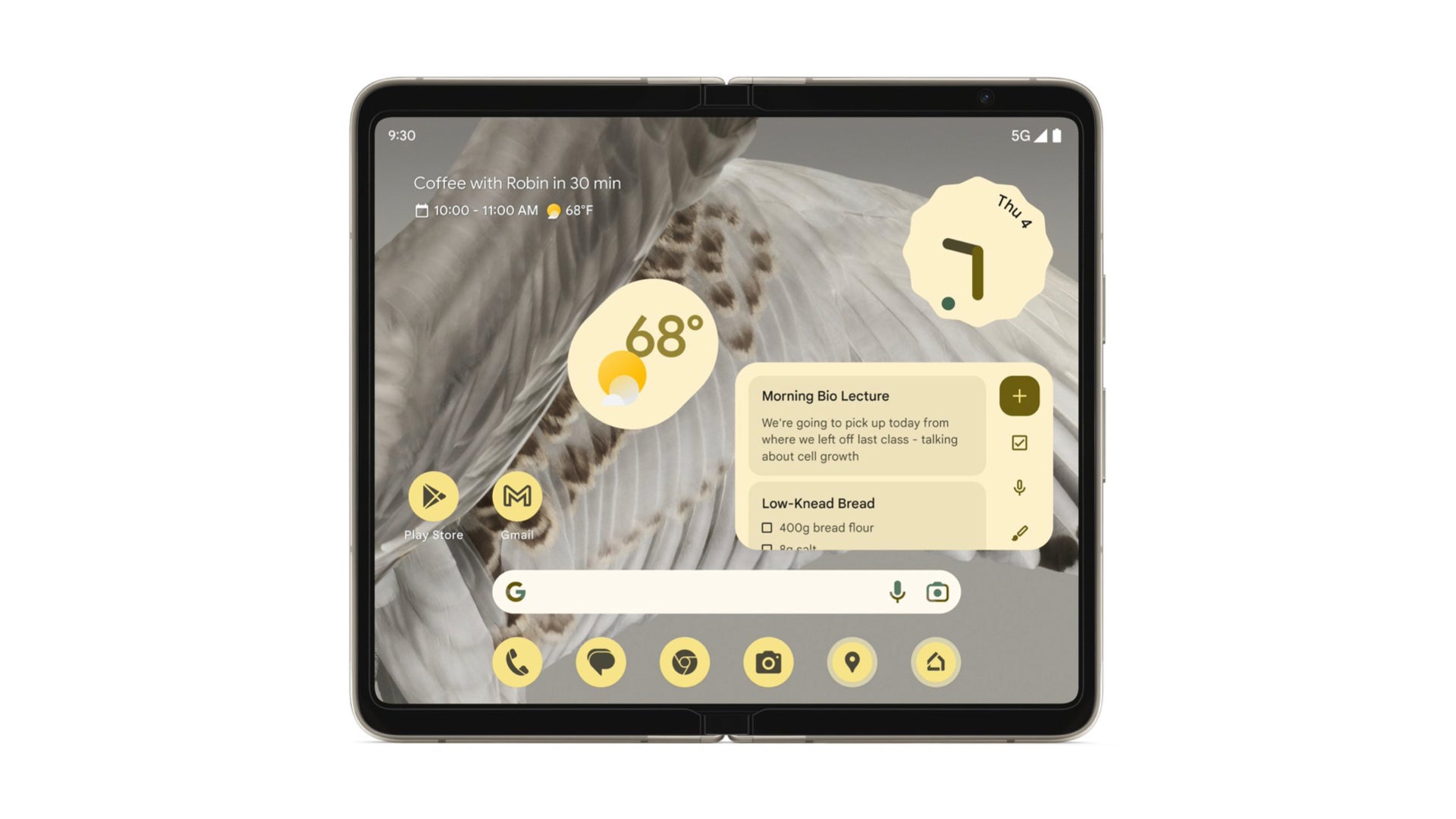
Image Credit - Evan Blass
Another major issue will be the bezels. Even if the Pixel Fold ends up being creaseless and gapless as most leaks indicate, by the looks of it, it will feature some rather ugly bezels. This results in a somewhat dated look, especially in comparison to the sleek Galaxy Fold 4 (and the, according to most insiders, the even sleeker Fold 5).
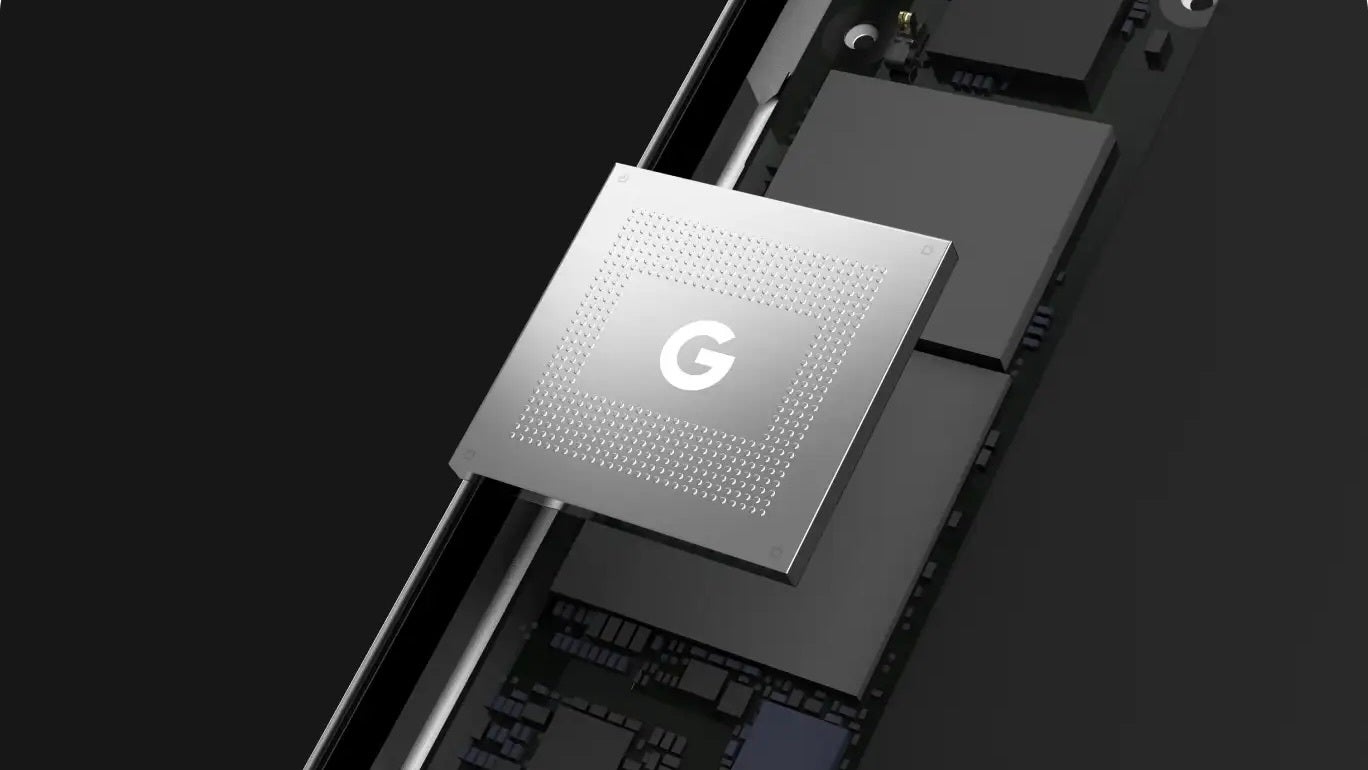
Image Credit - Google
Admittedly, Google’s latest SoC is no slouch in the performance department, but there is something inherently wrong about paying a hefty premium for a processor found in a device that can be bought for a fraction of the price.
Speaking of price, the Google Pixel Fold will ostensibly start at $1799 at launch. This is precisely as much as what Samsung asks for a brand new Galaxy Z Fold 4. What Google fails to account for is that the Pixel Fold will be a first-generation device and we all know how problematic the first iteration of a foldable can be… just ask Samsung.
Simply put, those willing to splurge on a foldable will have a very simple choice - gamble on the underdog or stick with the king itself. For many, the decision will be simple.
Conclusions: Too Little, Too Late or Too Big, Too Soon

Image Credit - @OnLeaks & HowToiSolve
I cannot help but feel as if Google is getting in over its head. Hardware has never been the company’s strong suit and it would have made much more sense to see Google prioritize expanding on the functionality of Android L (the OS specifically designed for big screens) before launching a foldable of its own.
Lastly, the biggest factor limiting the popularity and appeal of foldables remains the high price. This is why clamshell foldables tend to be more mainstream than their notepad counterparts. Unfortunately, we have yet to hear news about a Google Pixel Flip.
To conclude, I sincerely hope my doubts about the Pixel Fold are misplaced. I truly want to see it succeed, as that will herald a new beginning for foldables. After all, as long as foldables remain a one-horse race, the form factor will never reach its true potential.




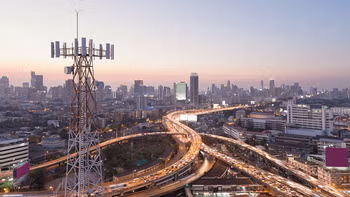

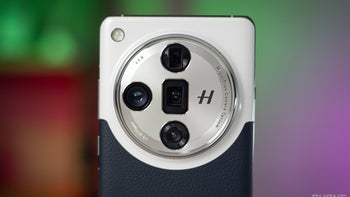
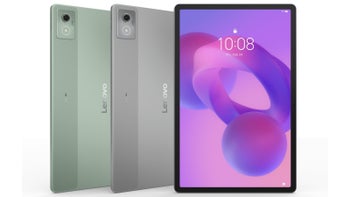
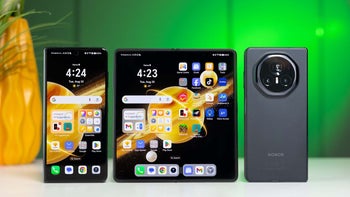

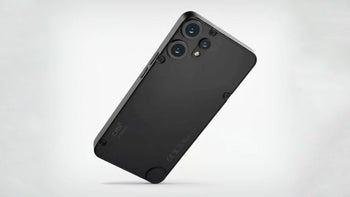
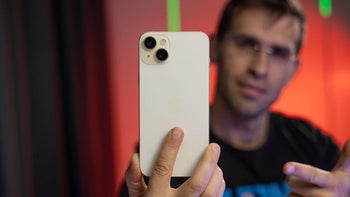
Things that are NOT allowed: